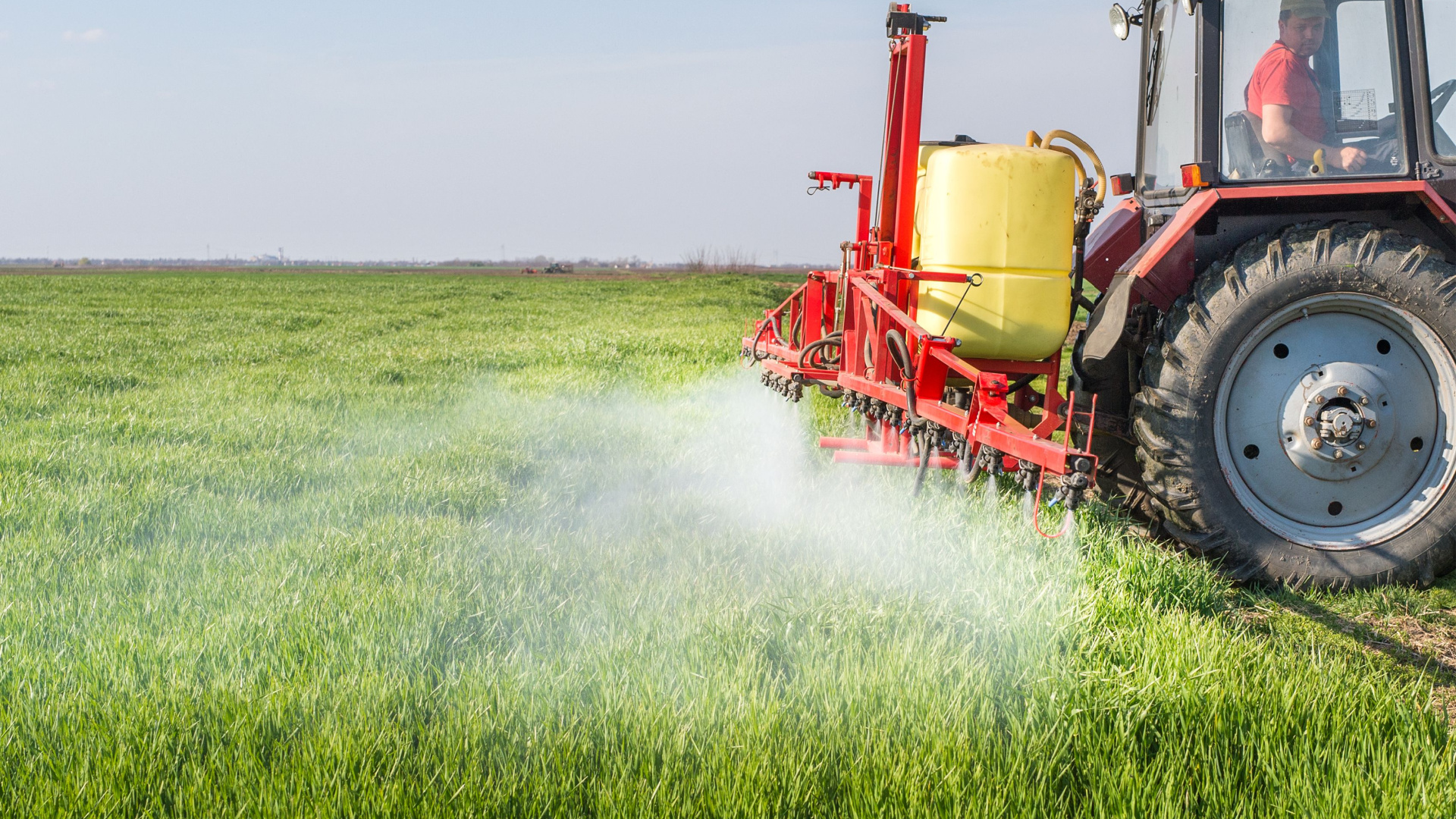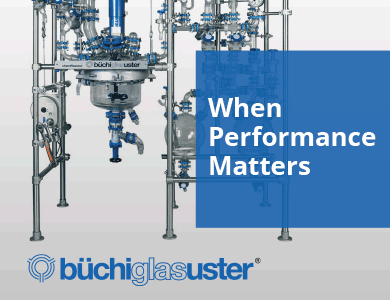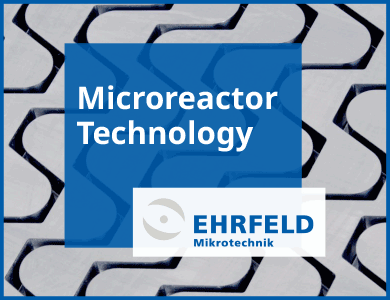Feature article: Trends in agricultural adjuvants
Swamini Kulkarni of Allied Market Research looks at the different types of agricultural adjuvants available and the increased popularity of silicones
Over the years, the agricultural sector has witnessed numerous technological innovations to improve the overall performance of agrochemicals and increase agricultural yield. The major contributor to this is agricultural adjuvants, a type of additive that is added to agrochemicals or other crop production products to improve their performance.
An agricultural adjuvant is a non-pesticide product that is added to a spray tank to improve the performance of the spray solution. They have mixed characteristics, including penetration, spreading, droplet size and reduced application problems of spray mix. Stickers, drift control agents, water conditioners, wetting agents and penetrants are some widely used adjuvants.
According to Allied Market Research, the global agricultural adjuvants market is expected to reach $6.4 billion by 2031, growing at a CAGR of 6.1% from 2022 to 2031. The ever-growing population has increased the demand for food and other fibre supplements, while demand for increased yields has boosted the growth of the agricultural adjuvants market.
Based on their function, agricultural adjuvants are classified into different categories. Surfactants are used to alter the surface tension of agrochemicals, minimise water runoff, improve surface contact and enhance leaf penetration. Activators are agricultural adjuvants that are used to change particle size, evaporation rate, viscosity, and some other characteristics of agrochemicals. Along with this, there are special purpose adjuvants, oils and non-ionics (NICs).
Two classes
Agricultural spray adjuvants are classified into two major groups.
Activator spray adjuvants enhance the action of a pesticide product and improve the absorption and efficacy of the spray mix. Oils, nitrogen-based fertilisers and surfactants fall into this category.
Surfactants change the surface tension of the spray droplet. They make an area of pesticide coverage larger and boost the exposure to the chemical. Surfactants are extremely useful when they are applied to plants with hairy or wavy leaves. NIC surfactants are most commonly used as they are compatible with most pesticides and help pesticide sprays to penetrate plant cuticles. While organo-silicone surfactants have gained importance over the years they help reduce surface tension and improve rain fastness, and spreadability.
Apart from surfactants, nitrogen-based fertilisers are also used as activator spray adjuvants. The addition of urea-ammonium nitrate or ammonium sulfate has proven to increase the efficacy of some herbicides, whereas crop oils help penetrate the pesticide spray through a plant’s waxy cuticle.
There are two common variations of crop oils: crop oil concentrates (COCs) and vegetable oil concentrates (VOCs). COCs are widely commonly used as post-emergence herbicides. VOCs, meanwhile, are widely used to increase the penetration of pesticides. They undergo a variety of processes, such as esterification, to work similarly to COCs.
Special purpose adjuvants correct the conditions that can negatively affect the application of pesticide or herbicide in order to optimise performance. The major types are conditioning agents, buffers, stickers, defoaming agents, tank cleaners, foam makers, and drift control agents among many others.
Hard water minerals can easily bind with active ingredients of some pesticides, which decreases the overall performance of the pesticides. Thus, water conditioners are used to neutralise such minerals and improve the performance of pesticides.
Some pesticides perform better with slightly acidic water and have the risk of breaking down in a solution with higher pH than 7.0. In such cases, buffers are used to lower the pH of the spray and help stabilise it.
Stickers are used to improve the ability of particles to stick to the surface and minimise runoff during irrigation or rain. In addition, they minimise pesticide evaporation and degradation of pesticides by UV rays.
With the use of surfactants in spray tanks, some pesticides create unnecessary foam, which is reduced by defoaming agents. However, there are adjuvants that produce foam with special equipment to mark where a pesticide is applied. This helps in avoiding overlapping areas.
While the use of agricultural adjuvants is beneficial, one must know when to use which adjuvant. Most pesticide labels offer a section that helps the user ti decide what type of agricultural adjuvants is essential for the application.
Popularity of silicone
For years, pesticides have been used to increase the production of staple crops. Their use is a common practice in agricultural production. With the increase in standards of living and the development of society, food safety, environment and production safety have gained a lot more attention.
This led to government initiatives to carry out zero growth in pesticide use. With such initiatives, the demand for silicone adjuvants has increased significantly. As a result of the application of silicone adjuvant, the market has witnessed changes in pesticide formulation and application technology.
With the emphasis on reducing the number of pesticides and the benefits of silicone adjuvant in agricultural pesticides, the demand for silicone adjuvants has increased drastically. Adding them saves water, reduces labour costs and helps reduce pesticide residues. Thus, they have become quite popular in agricultural practices. Some of their key benefits are:
* Improved wetting properties: Plant leaves, insect epidermises and plant stems often show moisture resistance. In addition, the surface of a leaf has a negative charge. These factors make pesticide liquid-repellent and not easy to wet. Thus, farmers use agricultural adjuvants to lower surface tension in order to moisten the leaf surface easily. Silicon adjuvant has very low surface tension, which, when added to pesticide, can help the spray to moisten the leaf surface and insect epidermis quite easily. Moreover, it increases the contact surface of pesticide liquid, which improves the utilisation rate
* Better expansion: Silicone adjuvant has improved expansion performance. When added to liquid pesticide, the area of expansion becomes around ten times the one with silicon adjuvant. This makes the pesticide liquid attach to insects and pests hidden in the fruit gap. Moreover, this quality makes it a better adjuvant as there can be direct contact and pests can be killed instantly
* Enhanced permeability: Silicon adjuvant has been seen to help pesticides penetrate into the epidermis through a stoma and has a faster absorption rate than conventional agricultural adjuvants. Some studies show that silicon adjuvant has better synergism with veramycin. It can also help pesticides to adhere for longer period than oil adjuvant
A wide variety of silicon adjuvants are available. Thus, it can be overwhelming to choose one to improve the production rate. It is better to select those with >90% trisiloxane active ingredient to ensure its better performance. The low surface tension, high permeability and better expansion make silicon adjuvant a better agricultural adjuvant compared to other conventional alternatives.
Reasonable use can help improve the production rate and prevent pests. However, everything has a downside. With improper or overuse of silicon adjuvant, the pesticide can help the crops themselves. Overuse can also cause pesticides to enter the water and make it toxic for aquaculture. Thus, it is better to prevent the flow of farm water and use silicon adjuvant soundly with the proper guidance of an expert.
Contact:
Devesh Billore
AMR















